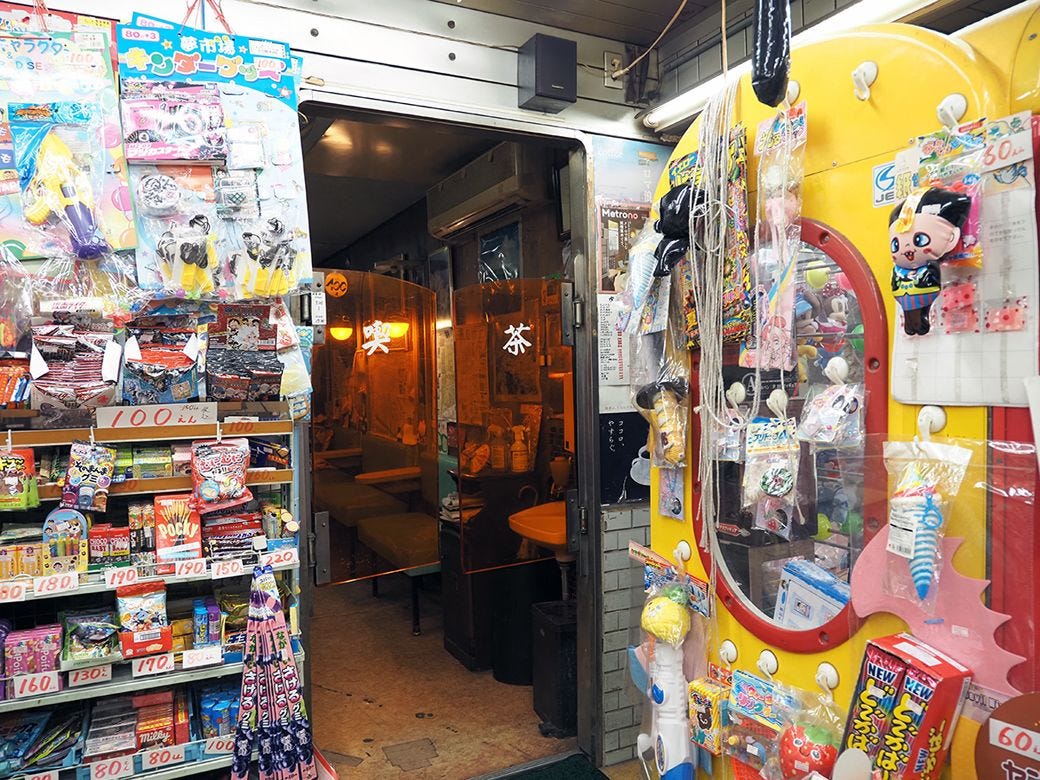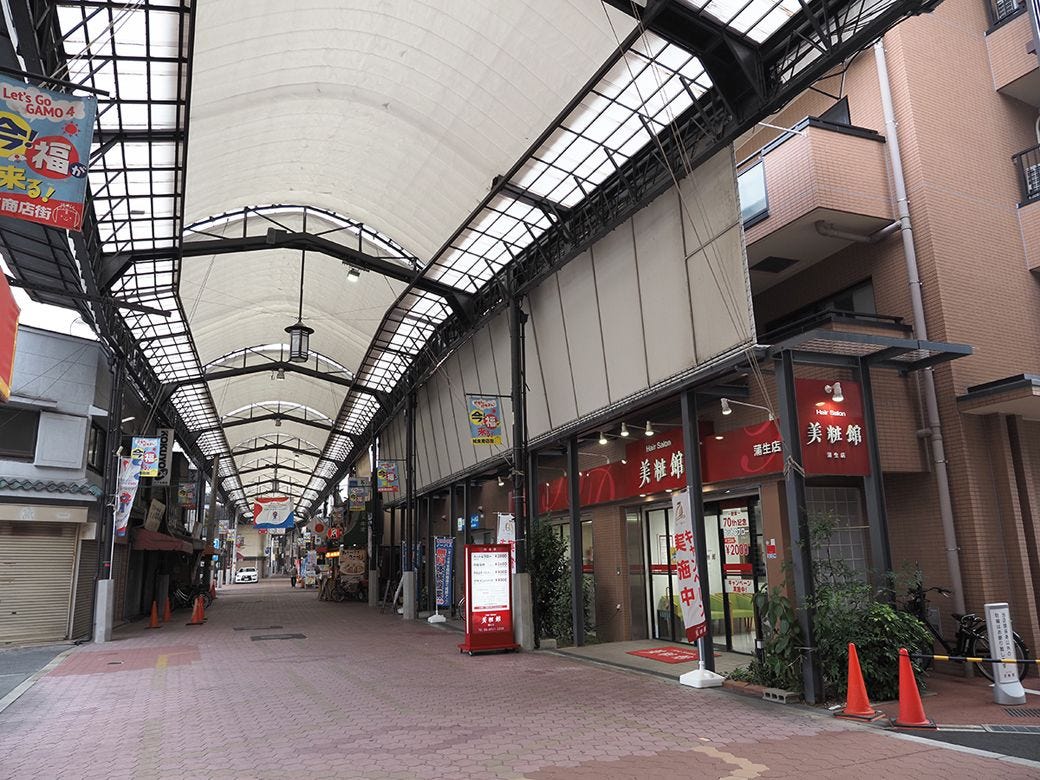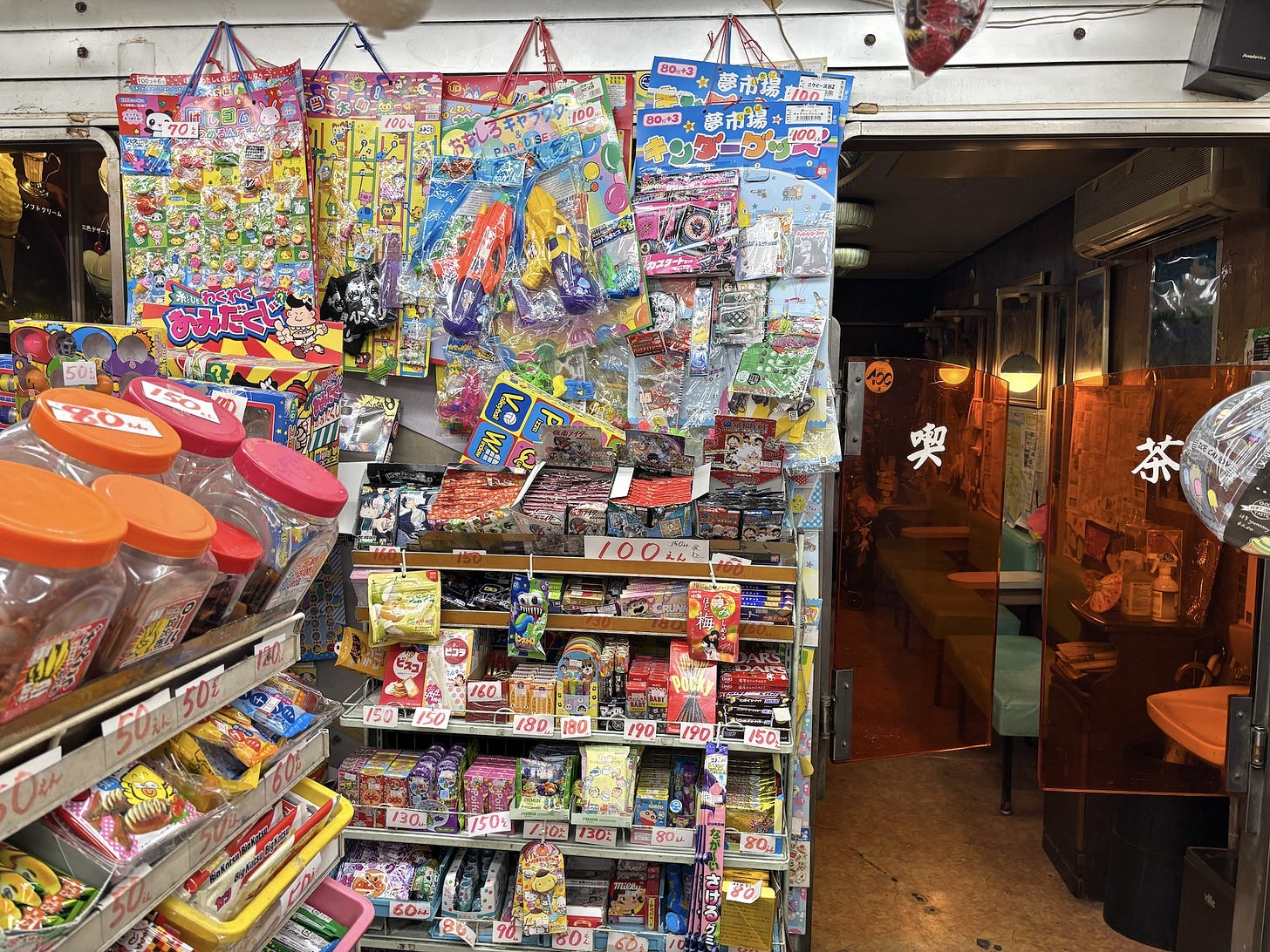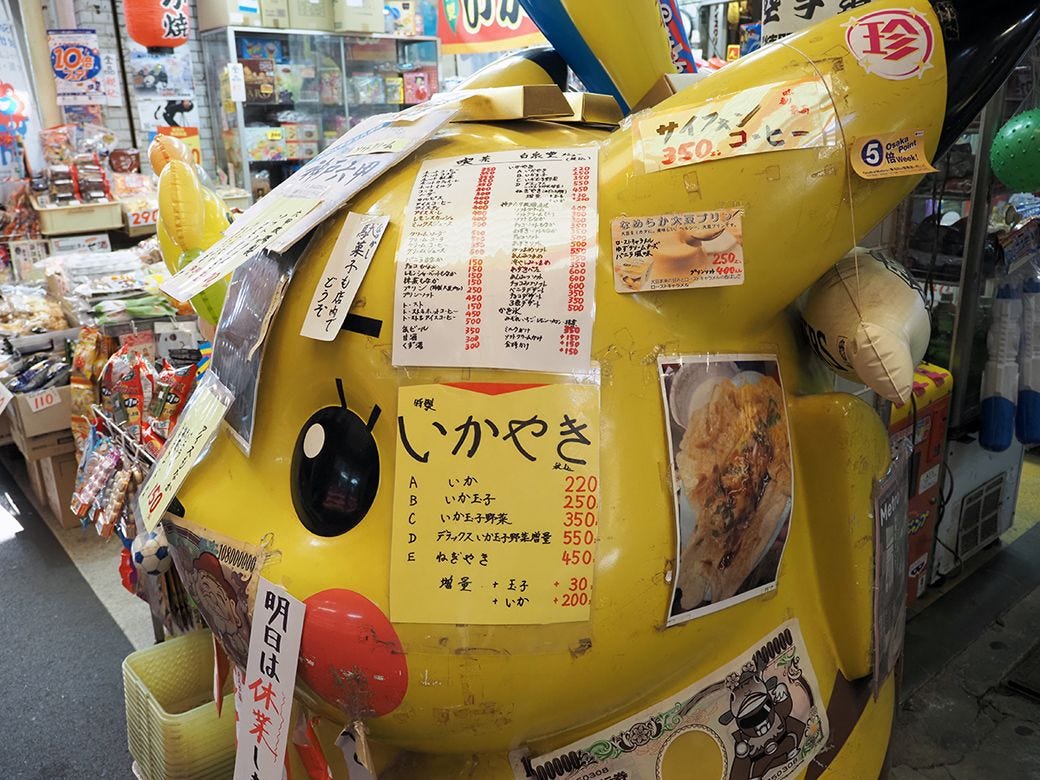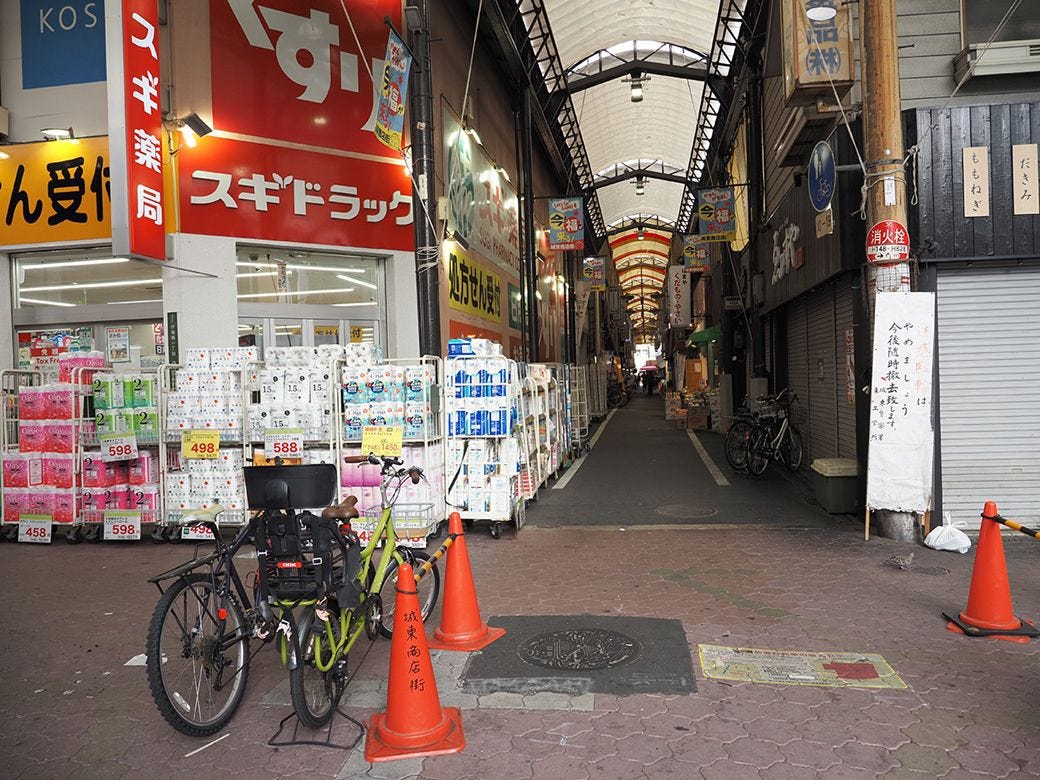Japan’s Beloved Retro Café Draws Global Fans but Faces an Uncertain Future
Japanese pop culture news edited by Patrick Macias
● A family-run retro café in a quiet Osaka arcade is drawing global visitors thanks to its nostalgic charm
● Affordable prices and social media buzz have helped keep the business thriving despite a shrinking local customer base
● With no plans for succession, the owners say the shop might close when they retire, so fans should visit while they can
In the quiet Gamoyon district of Osaka, a retro café tucked behind a candy shop has become an unlikely international attraction. Known as Hakusendo, the shop blends a Showa era kissaten (coffee shop) with a dagashi (penny candy) store, drawing in tourists who are charmed by its timeless appeal.
The shop sits inside the Joto Chuo Shopping Street, where many shutters remain closed. Yet Hakusendo thrives, thanks to word of mouth, social media, and the warmth of its owners.
A Hidden World Behind Candy Boxes
At first glance, Hakusendo looks like an ordinary dagashi store. Boxes of snacks spill out onto the sidewalk. Inside, shelves are lined with over one thousand kinds of candy, from five-yen chocolates to Big Katsu and idol trading cards. In the back, a bright orange door marked “café” reveals a secret space that feels like a private hideout.
“It takes about two hours to arrange everything carefully, checking each item, and another hour to put it all away,” says Akihiro Takayanagi, 72, who runs the shop.
A Café for Adults, a Candy Shop for Kids
Beyond the candy is a small retro café, complete with curved counters, green vinyl chairs, and planetary light fixtures that preserve the feel of the Showa period. The walls are decorated with handwritten calligraphy by the couple’s grandchild.
Akihiro manages the dagashi area while his wife, Kiwami, 66, oversees the café. “The dagashi shop is run by me, and the café area is handled by my wife,” he explains.
Popular items include ikayaki (grilled squid pancake) for 220 yen and soft serve from Kobe's Rokko Farm. Even after several price increases, most menu items remain under 500 yen.
“Young people often say our menu is shockingly cheap,” says Kiwami. “We’ve had to raise prices several times, but we feel bad for our regulars. With rising costs, we had no choice.”
A Long Road of Family Legacy
Hakusendo was originally founded in 1950 by Akihiro’s parents, Koji and Fusako Takayanagi, as an ice cream wholesale business. After a fire destroyed the original shop in the 1960s, they rebuilt it during the Osaka Expo era as a small café offering light meals and sweets.
“There were only rice fields around here,” recalls Kiwami. “No supermarkets or convenience stores. The only place to shop was Joto Shopping Street. So many people came by that you couldn’t walk in front of the shop. Every day felt like a festival.”
For years, the family business thrived. When Akihiro’s father passed away, he and Kiwami began helping Fusako manage the store. She became a beloved local figure, known to regulars as “Mother.”
“She was a hard worker,” says Kiwami. “She opened during Obon, and even started the year from January 2. But if it rained, she’d suddenly say, ‘Let’s close today.’ We weren’t farmers, you know.”
Reinventing for a New Generation
By the early 2000s, Akihiro made a decision. A sixth-dan karate instructor with a passion for working with children, he shifted the store's focus from frozen treats to dagashi candy.
“I wanted to create a shop where kids would be happy,” he says. “At the time, we dropped the ‘ice’ and switched to a candy specialty store. I started finding and buying dagashi myself. It’s a low-margin business, but it’s fun. You can’t keep going if you don’t love the work.”
Dagashi distribution is fragmented, so he visits several different wholesalers to restock. “It’s a lot of work, but when I see kids happily choosing their dagashi, the fatigue just disappears,” he says.
A Surprise Comeback Through Nostalgia
The shop’s revival began with the nationwide Showa retro boom. Visitors started arriving from other prefectures and even abroad, fascinated by the frozen-in-time look and low prices. “Everyone opens their eyes wide and takes photos of the food and interior,” says Akihiro with a smile.
During the COVID-19 pandemic, Hakusendo was featured in an Osaka Metro campaign highlighting traditional cafés. Each time someone posted about the shop online, it went viral. “I never thought of it as a café,” he says. “I figured we’d just sell ice cream. But thanks to the retro boom, we got through the pandemic. I’m grateful.”
Kiwami adds, “People praise the retro atmosphere, but honestly, we just couldn’t afford to renovate. It just happened to match the current trend.”
The End of the Line
Still, the future of Hakusendo is uncertain. The Takayanagis have no plans for succession, and both acknowledge that the shop will likely close with them.
“Dagashi shops used to be busy, but now there are fewer children. These days, it only gets crowded on school field trips,” says Akihiro. “Living costs here are low, and there are many hospitals, so the area is full of elderly people. Dagashi is no longer rare since it’s sold in supermarkets too. Times have changed.”
“In the past, it was natural to take over the family business,” he continues. “I became the second generation without thinking. But our kids saw how hard we worked and chose stable careers. Hakusendo will end with our generation. Please come before it’s gone.”




